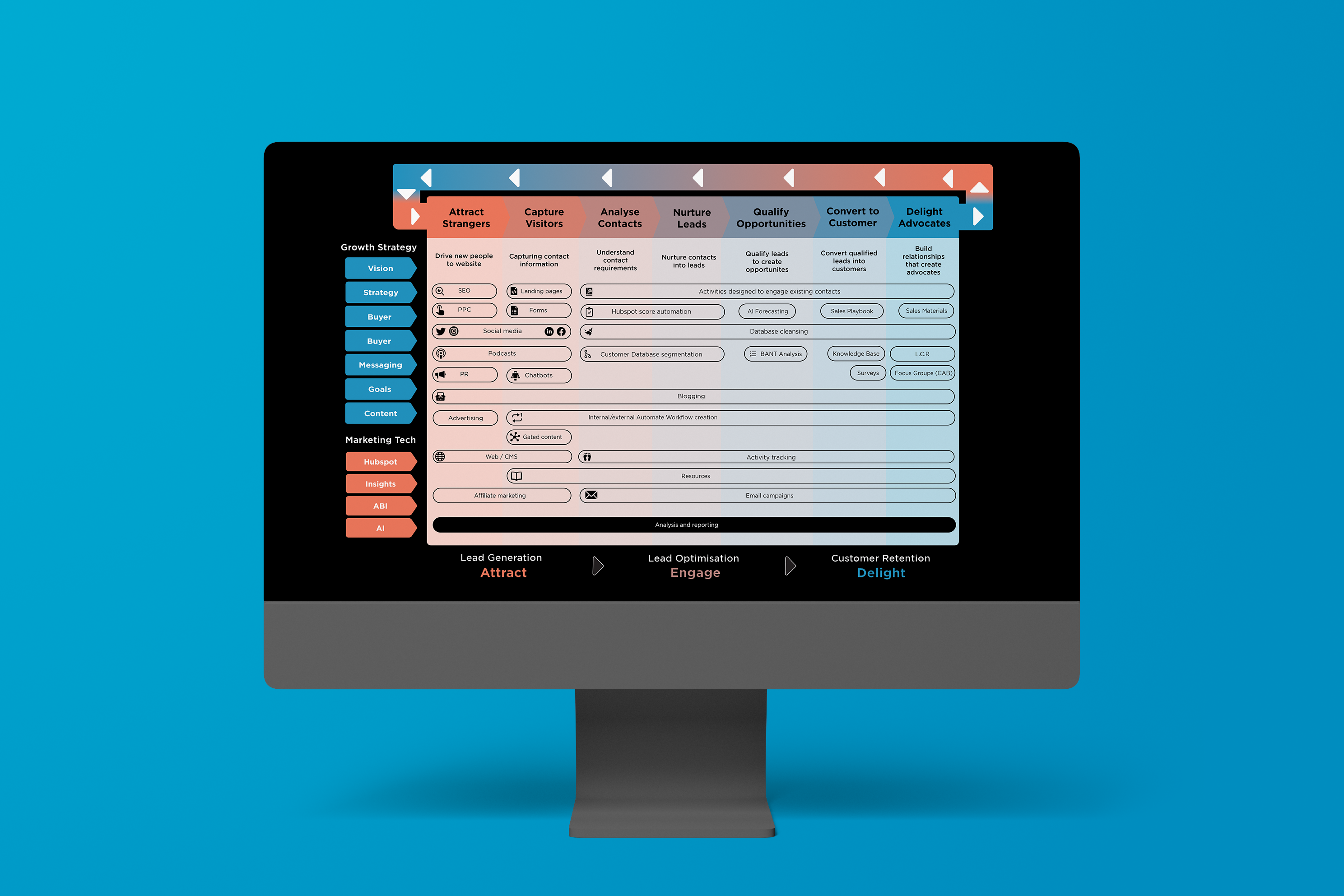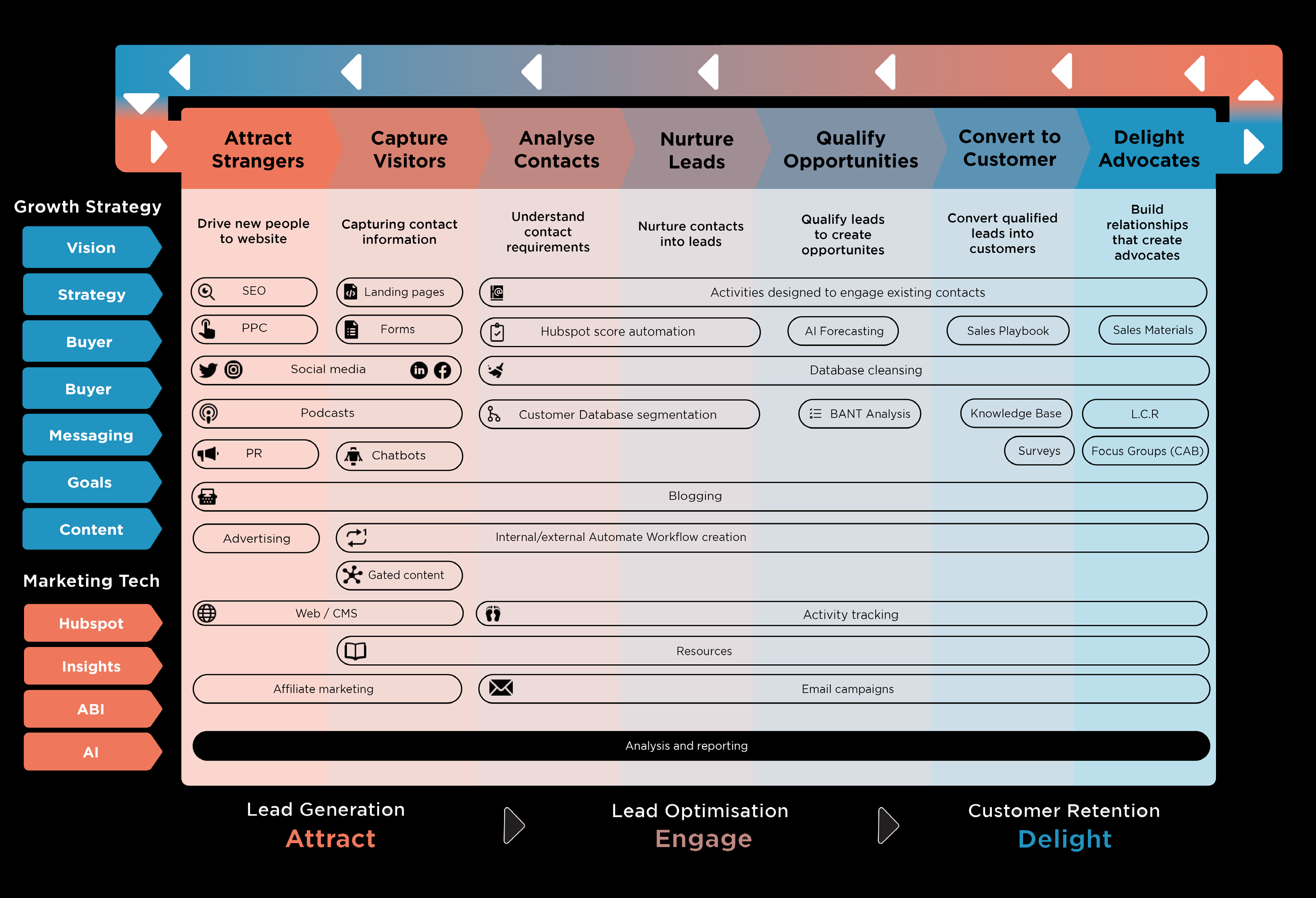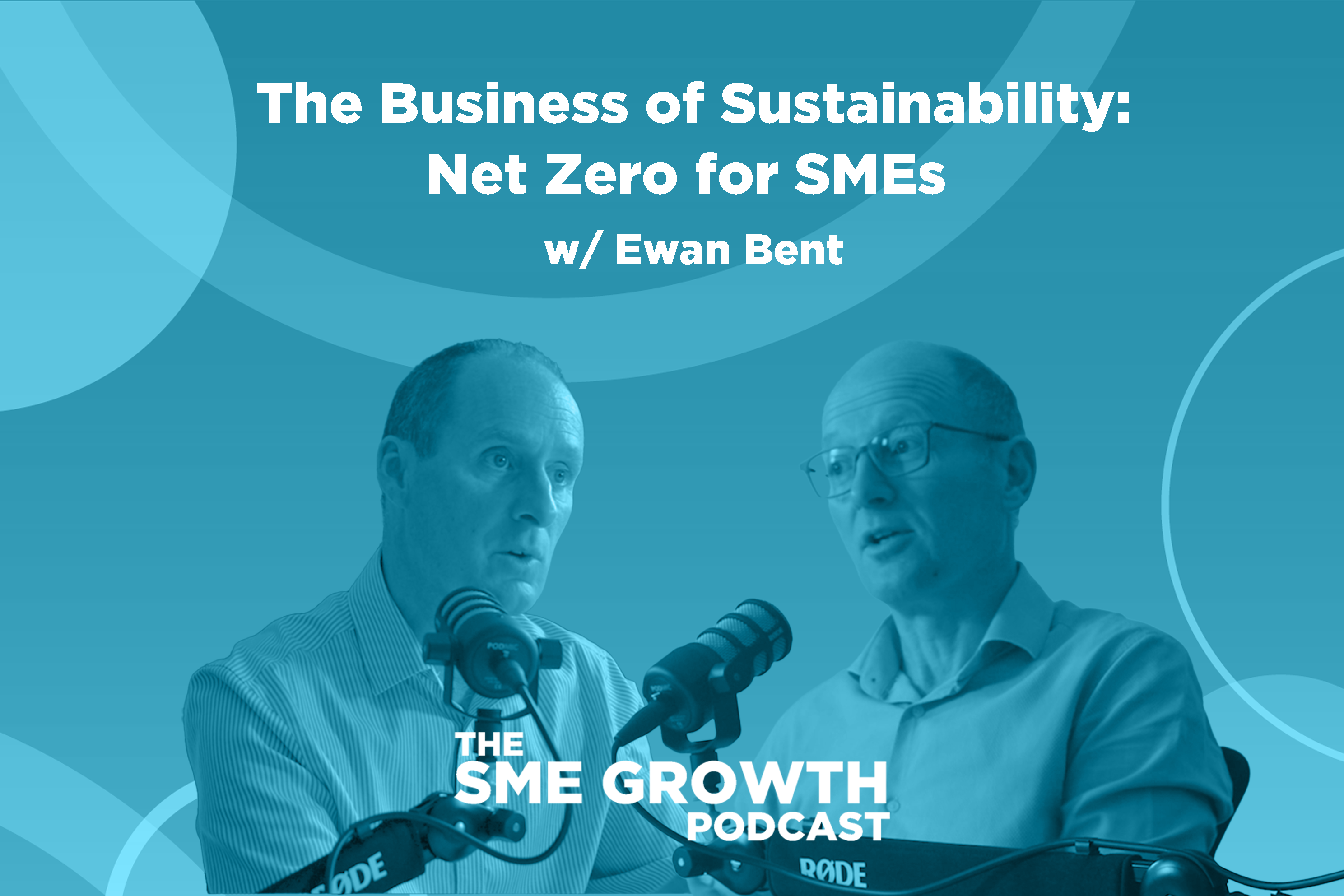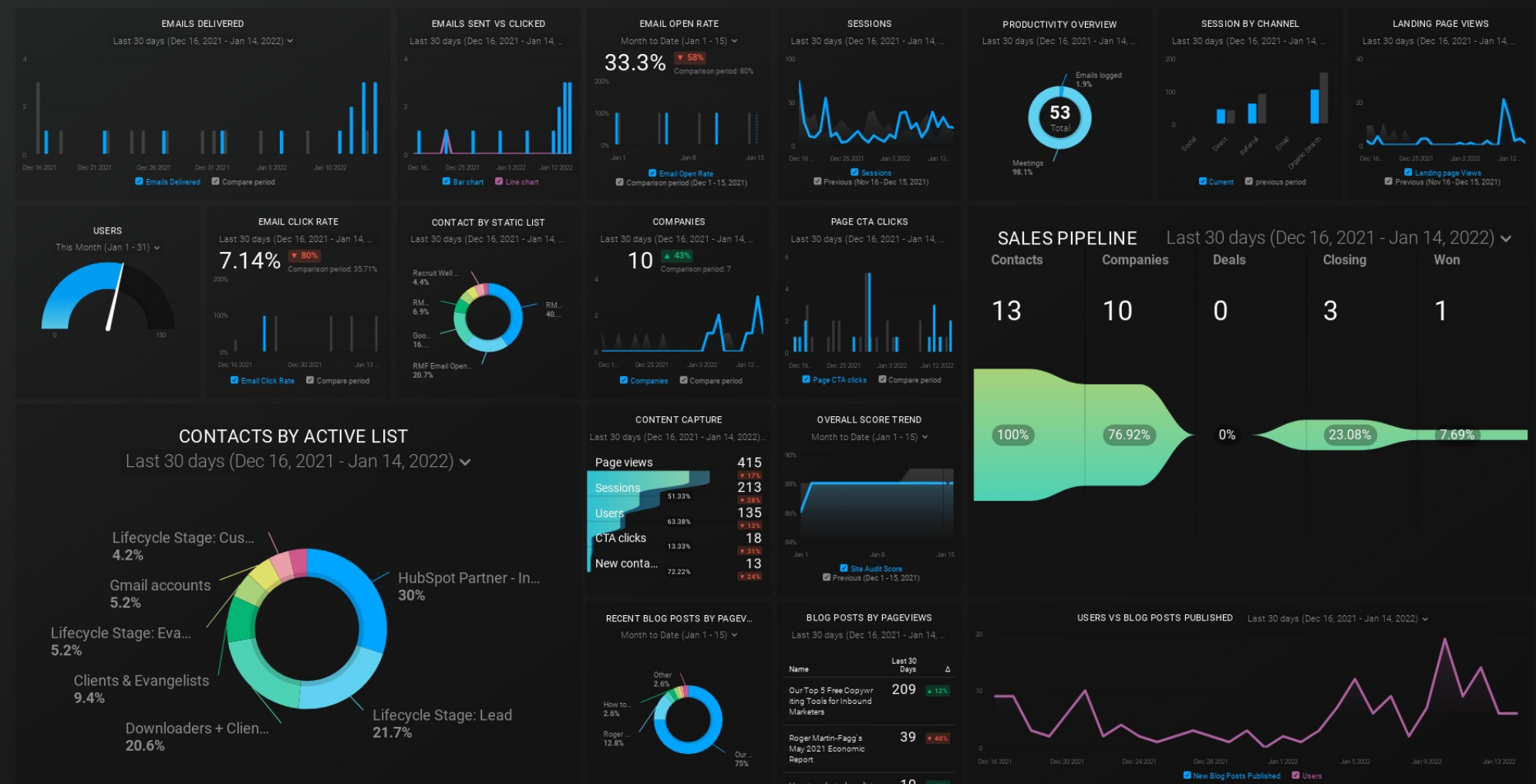What is Organic Growth In Business?
Organic growth, also known as internal growth, is when a business adapts internal practices to boost outputs and sales. This could include optimising...
Wellmeadow supports ambitious companies with business growth enabled by HubSpot.
We've worked with over 100+ businesses at board-level across sectors such as automotive, manufacturing, healthcare, legal, SaaS, and professional services.

%20(A4).png?width=71&height=100&name=portrait%206-box%20model%20diagram%20(1170%20x%207051%20px)%20(A4).png)

-1.png?width=70&height=70&name=Square%20(1)-1.png)
2 min read
Hannah Hambleton : Jan 24, 2023 12:12:00 PM

Growing your business is rarely easy, no matter which stage of business growth you’re in. To grow successfully, you need a strategic plan including a growth framework and growth generation strategy.
A framework is a way to organise thinking about a particular subject. And while it’s not absolutely necessary to have a framework to grow your business, it’s a useful way to direct your business growth, helping you align the many moving parts of a business and prioritise key areas for growth.
A framework will help you identify where you need to focus your efforts in your business. For example, if you already have loads of website traffic but aren't getting the number of leads you need, you might want to focus on website/landing page design, content offers, or form design.
If you're not getting the traffic to the website you may need to think about how to attract people to your site (using social, PPC, blogs, SEO).
1. Think. Plan. Do. Review

There’s nothing too ground breaking here, but Think.Plan.Do.Review can be a useful framework to group together the different stages, phases and elements of growth for across your business.
This can include areas such as strategizing, creating your business road map, growth goals, CRM, buyer persona, customer journey, content audits, HubSpot onboarding.
Do
Growth is generated by attracting an audience, engaging prospects and delighting customers (this means things such as SEO, PPC and social media).
Review
The review stage includes efforts and sales results to understand ROI, ROAS etc, utilising AI and machine learning to drive insights.
As your business grows, you may need more focus on a particular stage. For example, if you’re bootstrapping your business, you need a vision (something you’re aiming at), but you’ll probably want to focus on doing things that get you in front of more prospects. As you grow and need more people; you will then have to think about HR, recruitment and culture.
READ MORE: Read our free Wellmeadow recruitment eBook, Is it Time to Recruit Well?.
In this framework, we’ve mapped out what activities are involved in the process of attracting total strangers to your business through to turning them into customers who become advocates. Under each stage there are examples of the types of marketing activities best suited to the task at hand.

This is the Wellmeadow Growth Generator which focuses on the "DO" part of the "Think, Plan, Do, Review" framework. This is our attempt to systemise marketing and sales activities within a structured process.
It includes the key stages of Attract, Engage and Delight which work to attract leads, and then retain them through an engaging content strategy.
Conclusion
A business growth framework is useful to strategise effective growth in your business. With a framework, you'll be able to identify prioritise for growth, as well as how to target key buyer personas.
If you want to drive growth for your business, read more in our free ebook 

Organic growth, also known as internal growth, is when a business adapts internal practices to boost outputs and sales. This could include optimising...

In this episode of The SME Growth Podcast, host Dave Parry is joined by Ewan Bent, Managing Director of The Clean Tech Business Group. A specialist...

Once you've thought through where you want to get to, designed an amazing plan, and done a whole load of marketing, what do you do now? You need to...